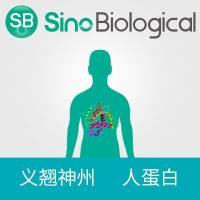Animal models of microbial diseases in humans are an essential component for determining fulfillment of Koch’s postulates and determining how the organism causes disease, host response(s), disease prevention, and treatment. In the case of Helicobacter pylori , establishing an animal model to fulfill Koch’s postulates initially proved so challenging that out of frustration a human volunteer undertook an experiment to become infected with H. pylori and to monitor disease progression in order to determine if it did cause gastritis. For the discovery of the organism and his fulfillment of Koch’s postulates he and a colleague were awarded the Nobel Prize in Medicine. After H. pylori was established as a gastric pathogen, it took several years before a model was developed in mice, opening the study of the organism and its pathogenicity to the general scientific community. However, while the model is widely utilized, there are a number of difficulties that can arise and need to be overcome. The purpose of this chapter is to raise awareness regarding the problems, and to offer reliable protocols for successfully establishing the H. pylori mouse model.






